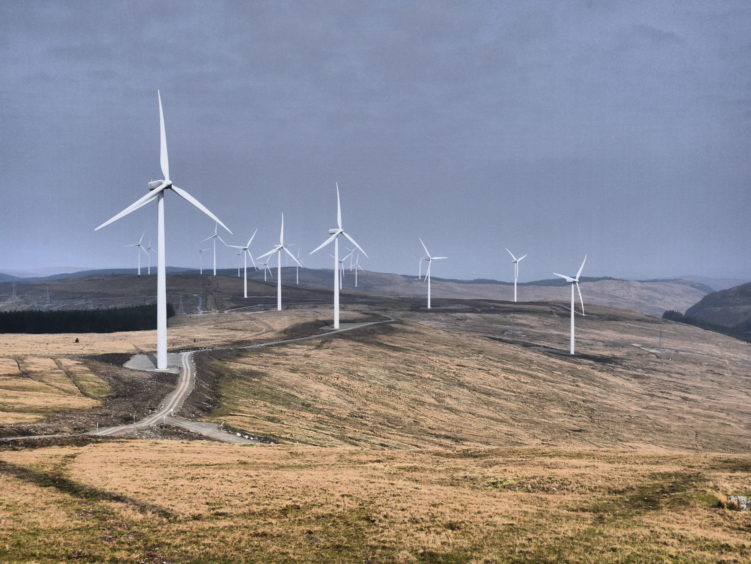
With the Feed-in Tariff now closed to new applicants (from 1 April 2019), the Smart Export Guarantee currently under consultation with a government busy with the Brexit agenda, stubbornly high costs of entry to new entrants (such as high grid upgrade costs), the required rates of return for investors have not been reached and as a result there has been a noticeable slowdown in the roll-out of new renewables projects.
Focus within the renewables market has therefore shifted to looking at whether there is scope to invest in existing and operational renewables projects – which have already locked-in into the RO or FIT subsidy schemes and may already have a satisfactory grid connection – to improve asset performance at both technical and financial levels.
Many renewables investments – especially solar and wind assets – would have been sold as “plug and play” assets with fixed returns. The key challenge for owners and investors alike is to move away from the conception that the original investment business case is sacrosanct and should not be revisited and evolve with the market and opportunities which present themselves.
Take for example the fact that that many operational assets – again, solar and wind assets – now have a number of years of steady-state production, together with generation and other financial data. A forward-thinking asset owner will forensically examine that data in order to identify peaks and troughs in productivity and how those align with the changing price of the wholesale and balancing market. In these circumstances, there may be a case for retrofitting energy storage technology (most likely batteries) to enable electricity arbitrage.
Similarly, the geographic context of a ground-mounted PV installation may have changed considerably since the assets were first installed. Asset owners should consider whether any high electricity-demand businesses may have moved into the area, or green-orientated residential developments have been built nearby. Such developments provide an alternative and/or additional route to market through private wire power purchase agreements. It is unlikely that the original investment business case anticipated such developments, but can prove to be lucrative.
Some of these opportunities may require additional capital investment – in the examples above, to purchase battery systems and installing private wires – and so once the opportunity has been identified, the next challenge will be to establish that a suitably risk-priced business case exists to support that investment.
So, how should one start to assess the business case for retrofitting, optimising PPAs or any other opportunity which builds on the existing business case and requires further capital investment?
One approach is to carry out a ground-up strategy review of an installation in order to ensure all current and future electricity demands, as well as existing processes and assets, are properly mapped out. An independent view on the proposed changes at the planning stage can help provide comfort that the expected returns will be forthcoming. For example, before considering investment in battery storage it is sensible to understand what demand side management can be implemented without significant investment and/or with existing assets alongside a change in the underlying tariff structure from an electricity supplier. Furthermore, an investment in a particular renewable technology can potentially cannibalise more lucrative investments in the future.
It is essential that the strategy review takes account of the existing commercial framework – balancing the advantages against an honest appraisal of the disadvantages, in order to avoid unintended and adverse consequences. For example where the owner of a generating station wants to install a private wire to a new nearby business, and already has the benefit of a PPA with exclusivity, the costs of breaking that PPA and what will be the projected income under a replacement PPA which does not offer exclusivity should be taken into account.
Finally, when purchasing equipment to be retrofitted it is important that contracts for the provision and installation of this equipment sufficiently protect the purchaser to ensure that the installation is capable of achieving the required level of performance and does not cause any issues (such as overloading) to existing project infrastructure.
In the current economic context of limited opportunities for investment in new renewables projects, opportunities to optimise and re-orientate operational renewables assets – whether currently performing optimally or falling short of initial expectations – can form the basis of an attractive proposition for investors, especially those which have created a business geared towards “green investment”.
With some commentators claiming that the Smart Export Guarantee will fail to stimulate new investment on the basis that it will do little to counteract the barriers to investment in new energy projects (grid upgrade costs being a significant example), readers can expect interest in retrofit and optimising to increase for an indefinite period.
Jonathan Croley is an Associate at Ashfords Solicitors
Recommended for you
